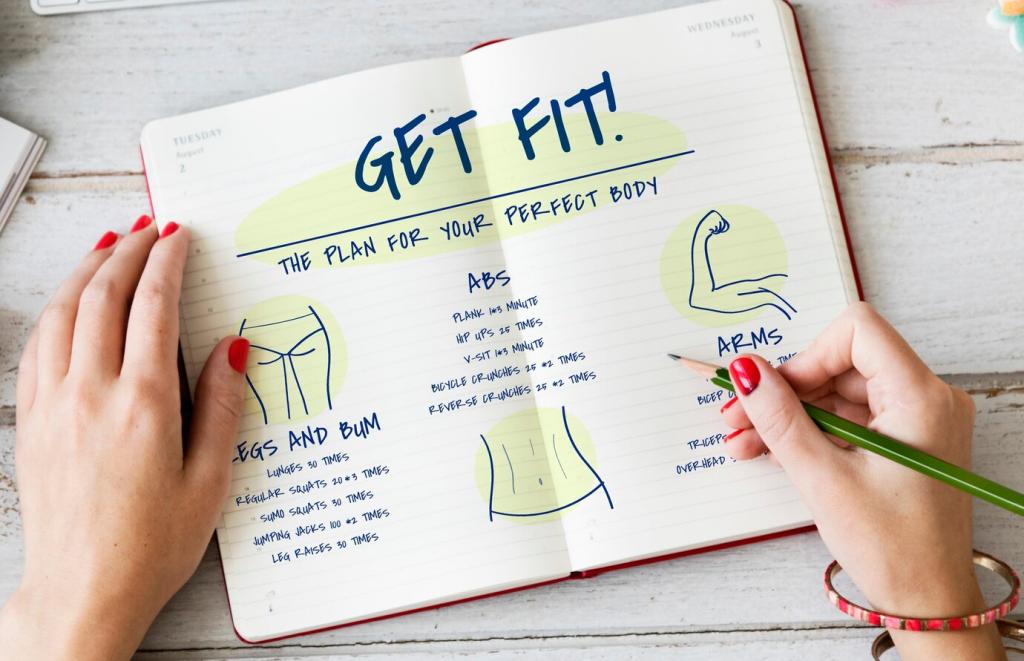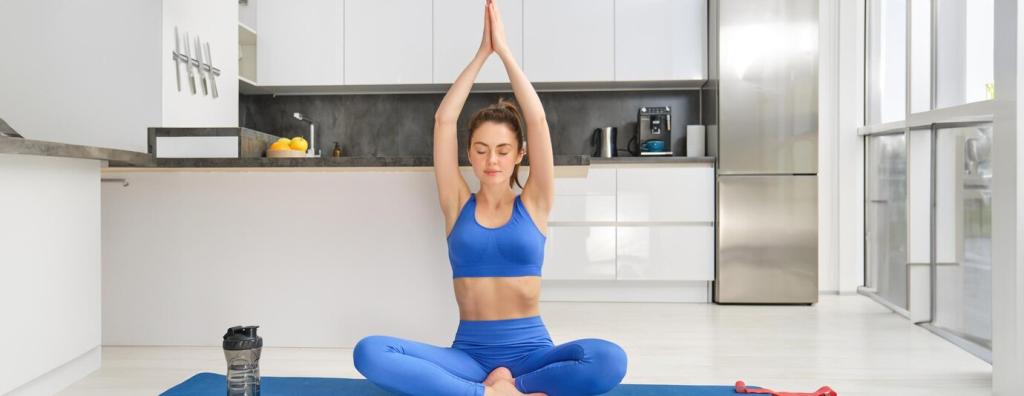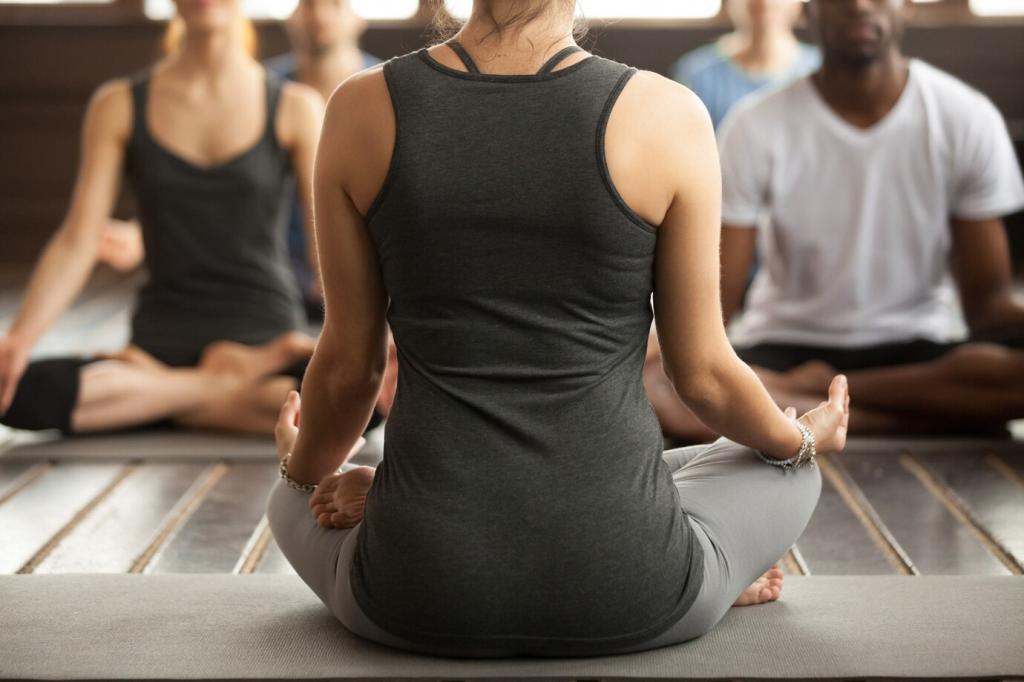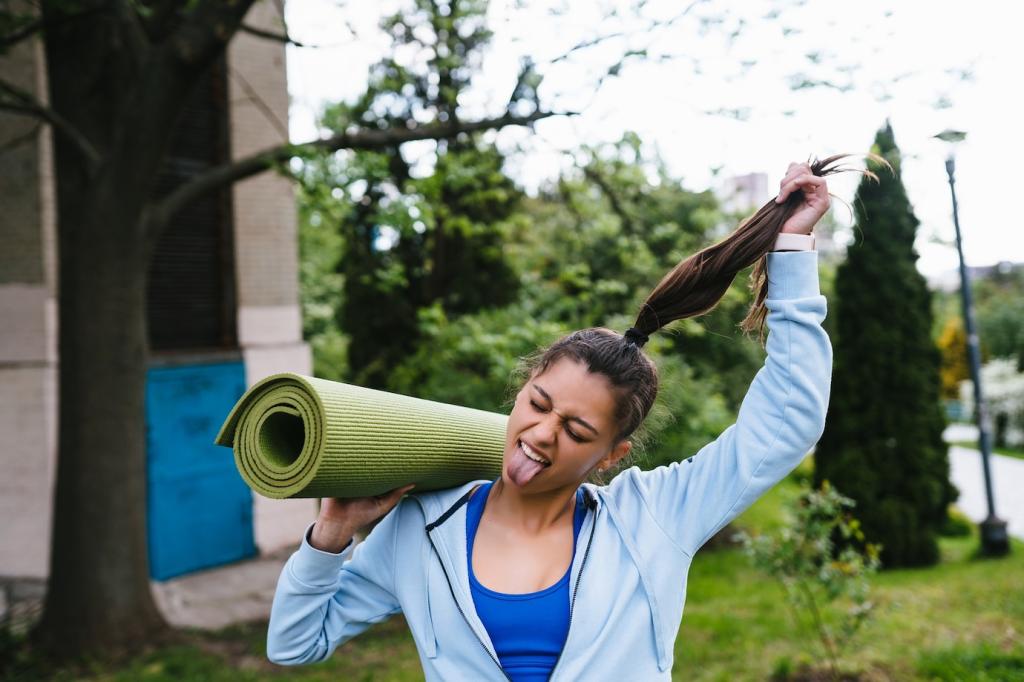How Breath Shapes the Body Under Load
Pranayama improves carbon dioxide tolerance, shifting the Bohr effect to release oxygen where muscles need it most. By practicing calmer, slower breathing, athletes often move from breathlessness to efficient rhythm, reducing panic and smoothing energy across long efforts.
How Breath Shapes the Body Under Load
Lengthened exhales stimulate the vagus nerve and can raise heart-rate variability, a marker of resilience. In training, that translates into steadier focus, cleaner decisions under fatigue, and faster composure between sets or intervals when the clock demands another rep.






